Superconductors, materials that have no resistance to the flow of electricity, are one of the last great frontiers of scientific discovery. Not only have the limits of superconductivity not yet been reached, but the theories that explain superconductor behavior seem to be constantly under review. In 1911 superconductivity was first observed in mercury by Dutch physicist Heike Kamerlingh Onnes of Leiden University (shown above). When he cooled it to the temperature of liquid helium, 4 degrees Kelvin (-452F, -269C), its resistance suddenly disappeared. The Kelvin scale represents an "absolute" scale of temperature. Thus, it was necessary for Onnes to come within 4 degrees of the coldest temperature that is theoretically attainable to witness the phenomenon of superconductivity. Later, in 1913, he won a Nobel Prize in physics for his research in this area.
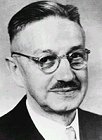
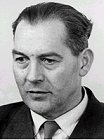

In subsequent decades other superconducting metals, alloys and compounds were discovered. In 1941 niobium-nitride was found to superconduct at 16 K. In 1953 vanadium-silicon displayed superconductive properties at 17.5 K. And, in 1962 scientists at Westinghouse developed the first commercial superconducting wire, an alloy of niobium and titanium (NbTi). High-energy, particle-accelerator electromagnets made of copper-clad niobium-titanium were then developed in the 1960s at the Rutherford-Appleton Laboratory in the UK, and were first employed in a superconducting accelerator at the Fermilab Tevatron in the US in 1987.
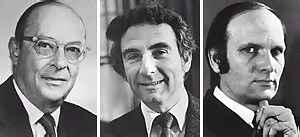
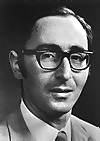
Another significant theoretical advancement came in 1962 when Brian D. Josephson (above), a graduate student at Cambridge University, predicted that electrical current would flow between 2 superconducting materials - even when they are separated by a non-superconductor or insulator. His prediction was later confirmed and won him a share of the 1973 Nobel Prize in Physics. This tunneling phenomenon is today known as the "Josephson effect" and has been applied to electronic devices such as the SQUID, an instrument capabable of detecting even the weakest magnetic fields. (Below SQUID graphic courtesy Quantum Design.)

The 1980's were a decade of unrivaled discovery in the field of superconductivity. In 1964 Bill Little of Stanford University had suggested the possibility of organic (carbon-based) superconductors. The first of these theoretical superconductors was successfully synthesized in 1980 by Danish researcher Klaus Bechgaard of the University of Copenhagen and 3 French team members. (TMTSF)2PF6 had to be cooled to an incredibly cold 1.2K transition temperature (known as Tc) and subjected to high pressure to superconduct. But, its mere existence proved the possibility of "designer" molecules - molecules fashioned to perform in a predictable way.
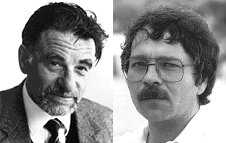
Müller and Bednorz' discovery triggered a flurry of activity in the field of superconductivity. Researchers around the world began "cooking" up ceramics of every imaginable combination in a quest for higher and higher Tc's. In January of 1987 a research team at the University of Alabama-Huntsville substituted Yttrium for Lanthanum in the Müller and Bednorz molecule and achieved an incredible 92 K Tc. For the first time a material (today referred to as YBCO) had been found that would superconduct at temperatures warmer than liquid nitrogen - a commonly available coolant. Additional milestones have since been achieved using exotic - and often toxic - elements in the base perovskite ceramic. The current class (or "system") of ceramic superconductors with the highest transition temperatures are the mercuric-cuprates. The first synthesis of one of these compounds was achieved in 1993 at the University of Colorado and by the team of A. Schilling, M. Cantoni, J. D. Guo, and H. R. Ott of Zurich, Switzerland. The world record Tc of 138 K is now held by a thallium-doped, mercuric-cuprate comprised of the elements Mercury, Thallium, Barium, Calcium, Copper and Oxygen. The Tc of this ceramic superconductor was confirmed by Dr. Ron Goldfarb at the National Institute of Standards and Technology-Colorado in February of 1994. Under extreme pressure its Tc can be coaxed up even higher - approximately 25 to 30 degrees more at 300,000 atmospheres.
No comments:
Post a Comment